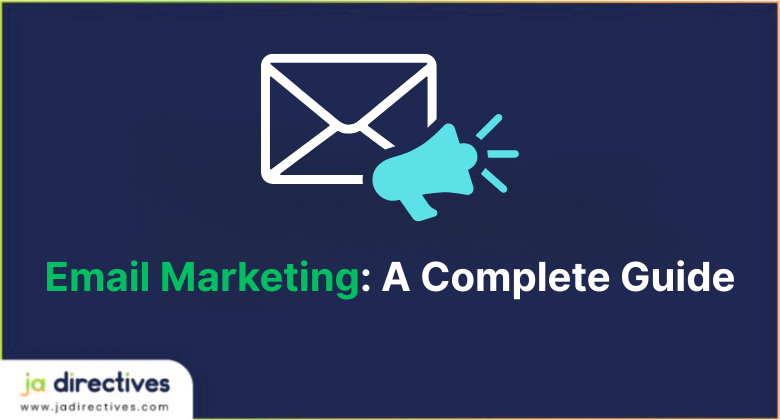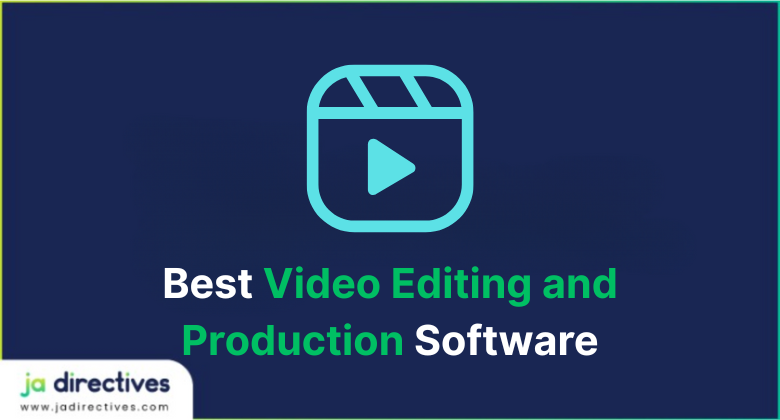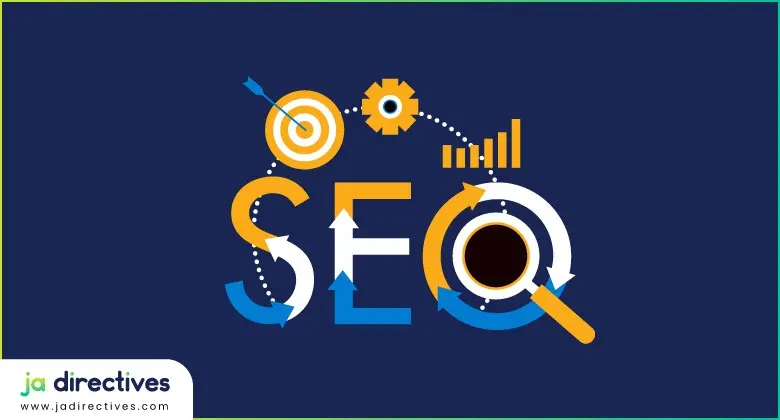
Mastering Copy Writing: How To Write Copy That Sells 2025
Do you know, how to write copy that sells? Everyone loves a good story. I bet that even you do. Our brains are wired to love stories. The way stories are told in every culture is the same, because the psychology of the human remains the same.
So be it a sales story or a nonfiction story, the procedure to keep your audience engaged remains the same.
If you want the attention of your audience fixated on you, start telling stories. Storytelling is a form of art; our ancestors mastered it. And they gained a lot of popularity and fame by learning it. So can you.
In business, storytelling is essential. People at this time are always bored, and their brain is constantly seeking a way to stay engaged. So give them a story, not a copy. Always remember that text tells and the story sells.
There are eleven easy steps to sales storytelling that you can master easily just with a bit of practice. Also, you will be able to make a hell of a lot of sales with a sales story.
As if you follow this structure the reader will be hooked to your story to read it through and make a purchase from you.
If you wish to learn to copy write the best recommendation would be the Copywriting secrets – How to write copy that sells by The top Instructors Len Smith and Sean Kaye.
From novice to pro in easy stages, anyone can learn this. The course has 4.4 ratings, and there are more than 38K+ Students Enrolled. You will discover the secrets of copywriting success from the master.
Mastering Copy Writing: How To Write Copy That Sells
Step 1 – Introduction
In this step, your target is to set up the basic structure of the scene and introduce the characters. Most of us want to create a sales story without a character.
Most of us write a sales story without any character. But unfortunately, they won’t make enough sales. And your story isn’t also going to make any sale without a character.
The reason is that people care about the characters. They can bond with the characters and relate themselves to the character.
Before writing a sales story, you should know who your targeted customers are. And then try to create a central character who has the same kind of lifestyle as your targeted customers.
So the readers can unconsciously put themselves in the shoes of your main character. This will create a special bond between your targeted clients and the main character.
Making your targeted customer bond with the main character is the key. This is what going to make your reader hooked to your story from the beginning until the end. Ultimately, lead to purchase from you.
Recommended Reading: 11 Best Online Copywriting Courses – Earn $100+ Per Hour
Step 2 – Bring in an opportunity
You don’t want to write about the daily activities of regular office workers. It will make your readers bored. You have to bring in an opportunity. So, your story is getting fascinating.
The opportunity has to make changes in the environment or lifestyle of the main character. There has to be a significant change which the reader will, as the reader is bonded with your main character.
So for a sales story, it can be like your main character the story found a hidden potential in the market. Write something that is groundbreaking and will bring a significant change in the life of a reader.
Step 3 – A whole new world
The opportunity in the above steps has caused changes in the surrounding of your main character.
Now you got to write about how the opportunity has changed the world of the main character. You got to describe what has changed.
Then write about how the main character is coming up with the changes because of opportunity. At the same time, how the opportunity has changed the mentality of the character.
As your reader is already bonded with the character, the change will be felt by your reader.
Step 4 – A clearer goal
Everyone has a target to reach. Your target is to make at least a sale to your reader through a sales story. Just like that, your main character has to have a goal to reach.
Your main character has to realize the goal because of the opportunity. So the goal has to be related to the opportunity that was given to the character.
In this step, you also have brought in a villain. Or it can be an individual situation, which has caused damage to the main character.
Like someone that will stand as an obstacle for the reader, while trying to reach the goal.
Then describe that obstacle is trying to stop the main character from reaching the goal and the main character has also started to fight back against the villain or bad situation.
Step 5 – Moving forward
This is the step where you should increase the pace of your story. Everything and everyone in your story should have already been introduced by now.
In this step write that your main character is facing setbacks while he moves forward toward his goal. And the main character grows mentally during this process.
Remember you shouldn’t make this step lengthy. Try to keep it short and move on to this step faster than the previous four steps.
Step 6 – No turning back
The story moves faster here. The main character has to come up with a decision here which causes your character to mature.
The main character can lose something that’s of value. Or you can even write that the main character has realized something negative.
Then state the steps the main character has decided to take to reach the goal. And that he is interested in sacrifice valuable to the main character. Which shows a growth in the heart of the main character.
Step 7 – The pressure cooker
In this step, you got to write how close the main character is to his goal. And the closer your character gets the harder it gets to reach the goal.
Your character should have a lot at stake. Like making a choice that will make your character lose something that is of value.
There has to be a lot of mental pressure on your character. I hope you can guess by the name of this step, “The Pressure Cooker.”
Don’t feel scared to write about the thoughts and feelings of your character in this step. It will engage your readers even more in the story. And create an even stronger bond with your character.
Step 8 – Setback
In this step, you have to make your character defeat what the character was fighting against. Make it theatrical and painful to nature and describe the feelings in your story. So your readers can feel it.
Now you might think that why does your main character has to be defeated? Well, it is needed to make sure that your story doesn’t end too quickly.
You see in the previous steps the pace of the story was breakneck. But this will screech the pace of the story to a complete halt.
There has to be completely no hope for the character to win against what even he or she was up against.
If you can make the readers feel the hopelessness of your character, then they will start to root for your character.
Your readers will keep on saying to your reader to get things together and give it another shot. They will say it in their heart.
Just like you cheer for your favorite team in sports even though they are on the verge of losing the game.
Step 9 – Final Stretch
In this step, you have got to give your character one final push; a strong push. This step has to give your audience what they have wanted in the previous step. Give them what they want to make them happy.
Your character has to get things together. Even though the character had to face a setback, he or she got back up on his feet. And is preparing for a second comeback.
In your story, there has to be a sense of a shortage of time. Before the main character loses everything, even the last chance to achieve the goal; get your hero very quickly to the finish line of the story.
Your reader will be emotional here as they are so emotionally invested in your character.
Step 10 – Climax
Your main character has to reach his or her destination to reach the goal in this step. The pace of the story has to stop completely. This is the magical part of your story.
You have to let your readers enjoy this part very slowly. Stop your reader completely in this scene. And the final fight of this comeback shall begin in this very step.
Step 11 – Tying up loose ends
The main character of your sales story has to win and achieve the goal completely.
As if the character lost finally you won’t be able to make the sale. And there would be no point in writing the story. So make the main character win.
Tie up all the loose ends from the very beginning to end. Make sure that you do not keep your readers thinking about what happened to a character that you bought in the middle of the story. Where did he or she go?
You must give your readers closure. So they know that something good has happened to the main character because of your service and product.
Prove that your product has helped the hero to win. As a result, they would be convinced to buy whatever you are promoting.
Roundup
There you have it. Your straightforward eleven steps to writing a sales copy. Not just any sales copy, it is a sales story.
Which will bring you the most sales? Way more than you can keep count of. I hope now you know How To Write Copy That Sells.
To get better at writing sales stories and maximize your selling print copy that sells and it should be at least 1000 words every day. And then give that writing to someone every day to read.
Best if you share it on your blog. People will come here and read it. And guess what? Buy the product that you are promoting! You won’t be making any real sales; if your sales story isn’t up to the mark. There you will have your review of your article.
If you want to maximize your sales from your most and even from your least successful sales story. You need to get more traffic to your blog.
You May Also Like:
- 10 Best Copywriting Books for Copywriters
- The Story of Building A Global Conglomerate From Scratch
- 10 Best Sales Courses Online for Mastery
- How To Start Affiliate Marketing for Beginners: Getting Started with Affiliate Marketing (6 Quick Steps)
- 12 Ways to Reach Target Audience
If this post was helpful, please share it with your friends, family, and social media so that others can also find this information!
Jamil Ahmed, CEO of Reinforce Lab. Pharmacist, with experience in numerous fields in Pharmaceutical Companies and also worked in several pharmaceutical companies for over 5 years in International Business.
Digital innovator, Personal Branding, Small Business, SEO Marketer, and Marketing Consultant. Named as the Top 3 Business Intelligence Marketing Influencer in 2018 by Onalytica. Top 20 eCommerce Online Seller & Influencer by SaleHoo and Top 8 eCommerce Influencer by FitSmallBusiness.
Regularly Share tips and tricks for effective Personal Branding, Digital Marketing, Social Media Marketing, Small Business, Entrepreneurship, and Technology Integration in Business by building relationships, and by telling stories.









